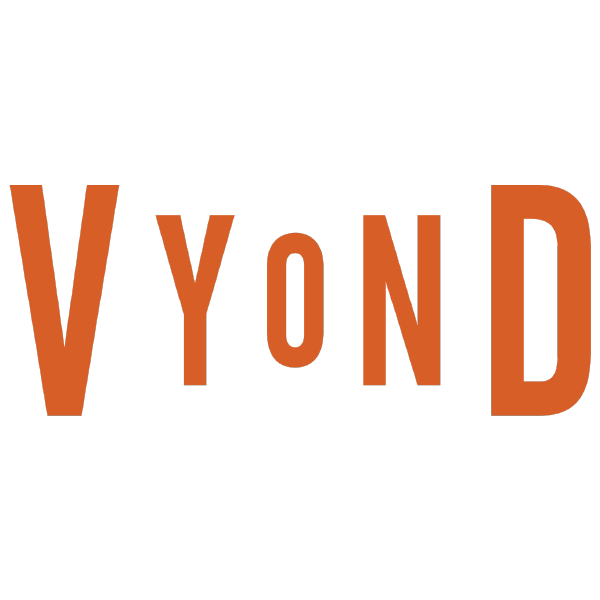ATD Blog
An Agile Approach to Content Development
Fri Jun 11 2021

Agile content development is all about the learner and the learning experience. Agile Literacy has created Agile training content for many years and is always looking to keep the learner engaged and for ways to reinforce skills. Our recent initiative applies Agile game design that will help influence behaviors.
Applying agility and working iteratively by connecting with your customer is the best way to start. A key Agile principle is working with the individual and interactions over the process and tools. Collaboration between you (as the content developer), the customer, and anyone else is necessary to reach the vision and objectives in creating the content successfully.
Learning Objectives
Before starting, make sure you have the vision in place. This is typically the responsibility of the product owner. The product owner is the subject matter expert who understands what is needed to achieve the objectives. You must understand the why incorporate this understanding throughout the content. Explaining and reiterating the why throughout will help get the learner vested and engaged. Applying Bloom’s Taxonomy is a way to keep the learner front and center. The taxonomy is a classification of the different objectives and skills set for learners.
Storyline
To create engaging content, you need a storyline that resonates with the learner and draws them in. You can engage learners when you write to their circumstances. Don’t wait to have the perfect storyline. Just enough of one is good enough to start your storyboard. Iterate through creating a storyline and try not to work too much upfront. Add conflict, tension, and mystery to the story to capture your learner’s attention. Make sure your characters are believable and relatable.
Storyboard
As you iterate through your storyline, share it with others on your team so they can start their storyboard. Keep in mind that the benefit of the storyboard is to speed up content development and help visualize and collaborate to improve the learning content and experience. One tool we like to use when creating our game learning content is ChatMapper. It is easy to use and lets you concentrate on the story.
Animate
Once you have your storyboard ready, it is time to animate. Animation brings your storyline to life, and if you have done all the steps above, the animation should be straightforward. We like to provide a learning capability at the end of our games. For example, we are coming out with S.I.G, a game designed to teach focus, commitment, courage, and similar behaviors necessary at any company. At the end of this game, learning is a development plan, which is built using Vyond.
Gamify
Gamification uses game mechanics to shorten the learning curve and increase success in teaching desired behaviors. Today, many apps offer you the ability to gamify your content, but my favorite way is to provide a mini game. Our platform, Interactive, let’s you drop in your videos and provides the tool to drop in your questions into a real mini game. It is one way to offer a learning experience and reinforce your learning content.
Test
As with everything, test, test, test—if you can take your course out for a test to see what your learners have to say, I highly recommend it. Getting user feedback early and continuously improves the quality of the course and ensures you deliver learning content that resonates and achieves the objectives.
Rinse and Repeat
Using an Agile approach to creating content requires you to put out just enough content, learn, and adapt accordingly. Don’t let the need for perfection hinder your progress.

